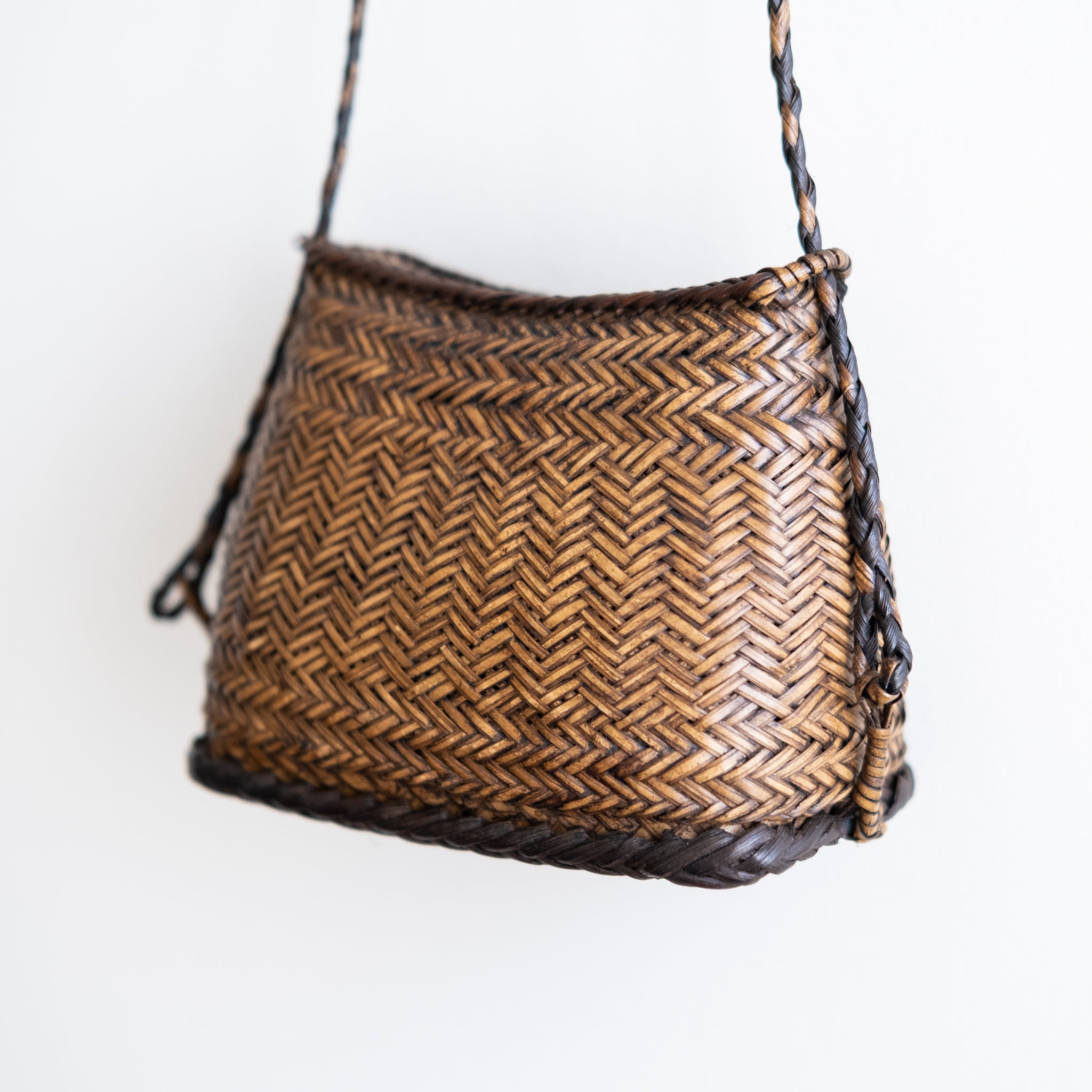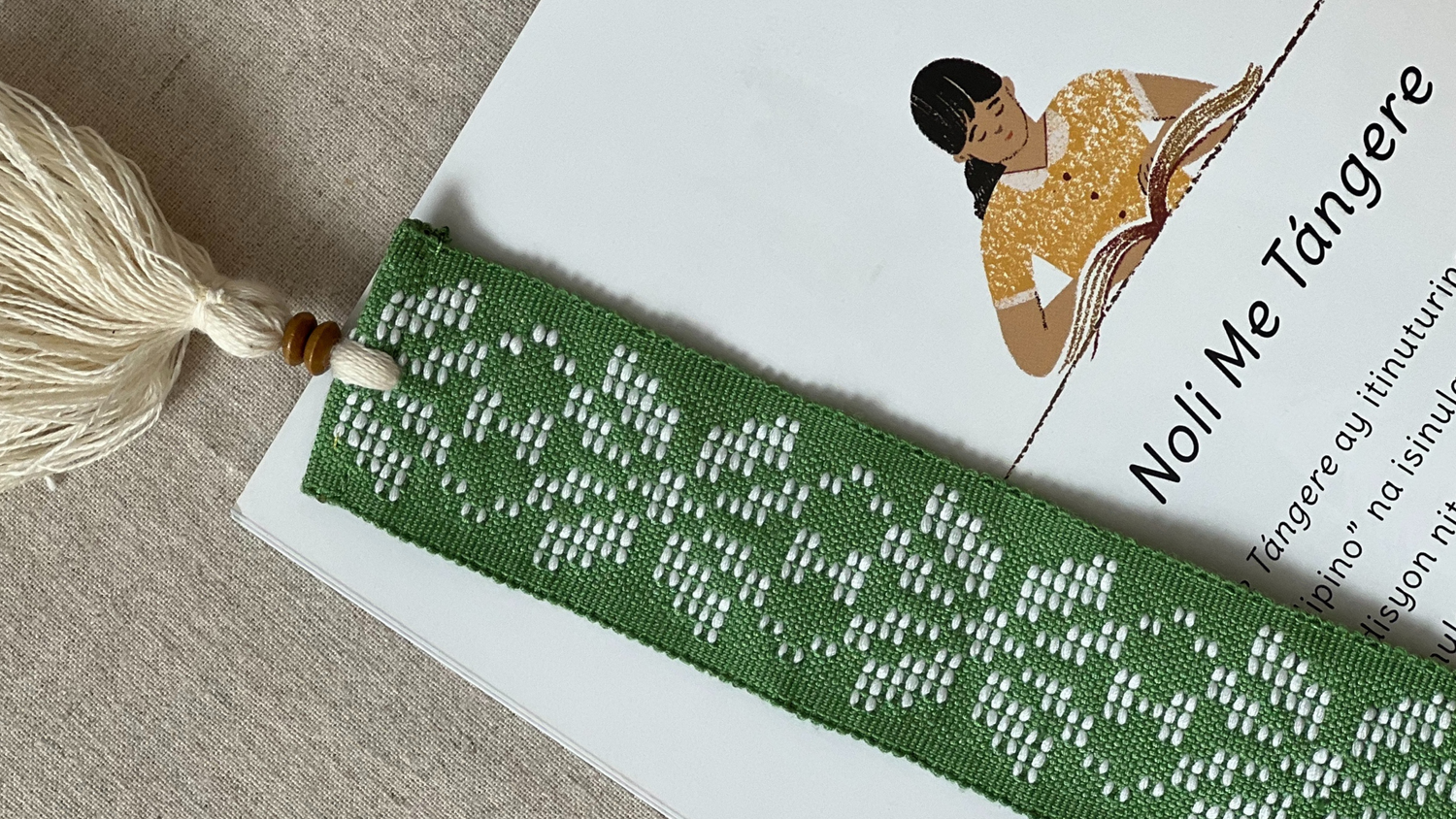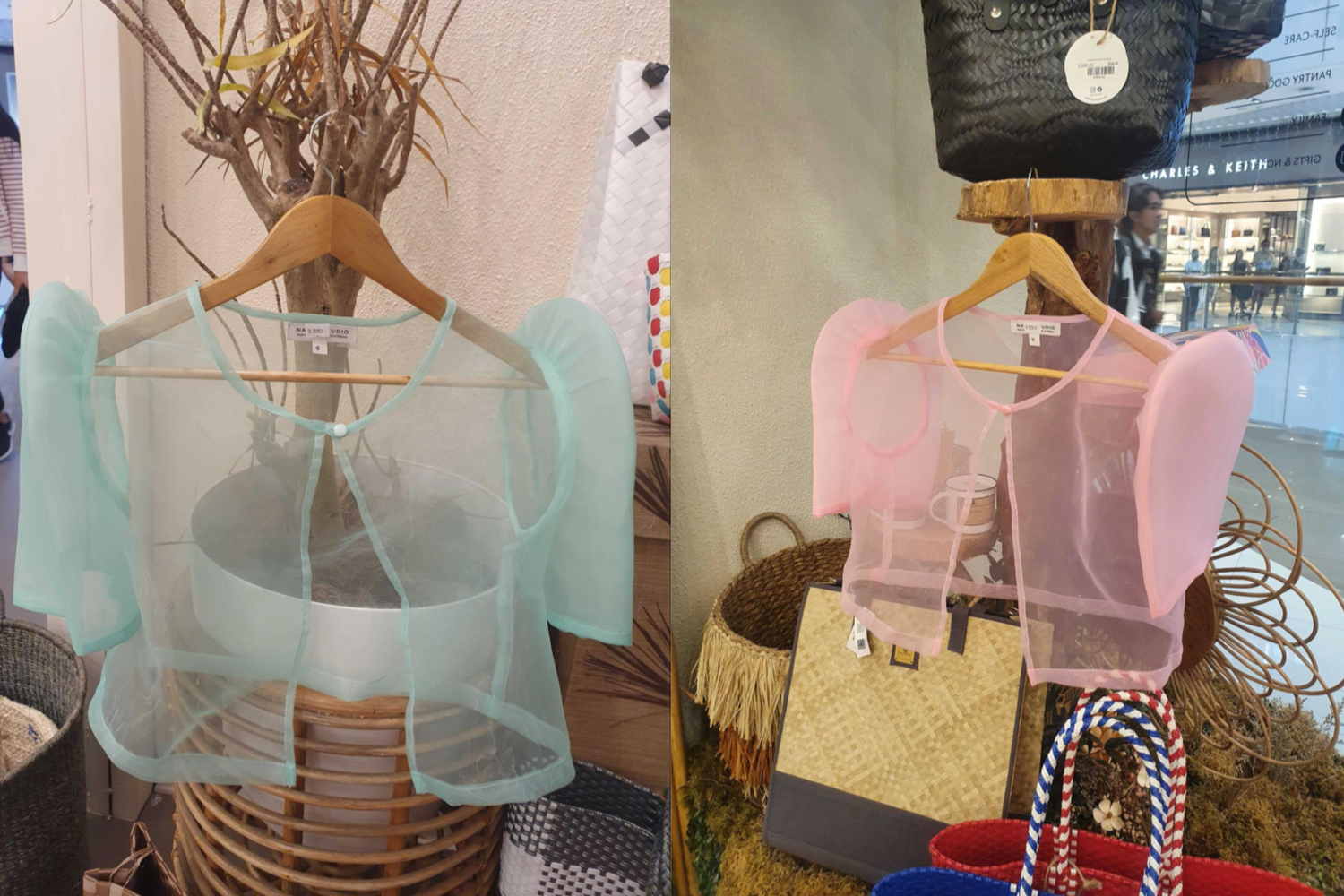The mountains of the Cordillera region in the Philippines are a sight to behold. Cool streams wind through rolling hills and stately trees. Lush rice terraces and vegetable fields spread across the land, beside villages dotted with wooden huts.
Before cemented roads and gravel paths came along, the people of the Cordillera traversed the steep mountain paths on foot. Even up to now, there are many places you can reach only by climbing up and down the tricky terrain. Not an easy feat when you also need to carry basketfuls of the day’s harvest, or would need to hack through the overgrowth.
Traveling through the mountain range is made easier by the use of woven bags or baskets, which are worn on the back or slung across the chest. Woven bags allow the people of the Cordillera to keep their hands free as they travel along from one village or farmland to another. Should they need to use their hands to hang on to vines or rocks to keep them steady, they can do so while keeping their belongings safely in their packs.
 Vintage Postcard of Igorot Packers in Bontoc, Philippines
Vintage Postcard of Igorot Packers in Bontoc, Philippines
The woven bags are usually made of strong rattan and have braided straps. Densely woven, the packs are able to repel rain, keeping their contents dry even during the monsoon season. The straps can also be plaited in multiple layers to provide extra padding, making a heavy pack more comfortable and easier to carry.
Bontoc and Ifugao Woven Bags
There’s a variety of woven bags used by the different tribes of the Cordillera, and these come in various shapes and sizes.
The Bontoc have the small koppit or kupit traveling bag, which features a tight-fitting lid to secure contents. It has a curved shape, allowing it to be worn comfortably across the body and under the arm. The koppit bag is often used to carry food (like a lunch box!). Large koppit bags can have up to three compartments inside, including a container at the bottom intended for cooked rice. Smaller koppit worn every day are used to store small valuables and personal items such as tobacco supplies.
The Bontoc also weave the sangi, a backpack that can be used to carry food, clothing and personal effects on long journeys. A smaller sangi can be used to carry items such as a pipe and tobacco.
The Ifugao also weave their own bags, such as the backpack called takba, which is characterized by an inverted V-shaped opening. The opening faces the wearer’s back when being carried, ensuring that water will not get inside when it’s raining. Another woven bag used by the Ifugao is the upig, a slim shoulder pouch that can hold small items such as supplies and accessories for betel nut chewing.
Another bag, the pasiking, is common among ethnic groups of the Cordilleras but is more often associated with the Ifugao. The pasiking is made of rattan and bamboo and features a removable lid. It is traditionally used by hunters for carrying equipment and supplies. It remains in common use today not only by the northern tribes but also by lowlanders because of its durability and lightweight.
 Ifugao Koppit Bag by NARRA STUDIO
Ifugao Koppit Bag by NARRA STUDIO



 Vintage Postcard of Igorot Packers in Bontoc, Philippines
Vintage Postcard of Igorot Packers in Bontoc, Philippines


